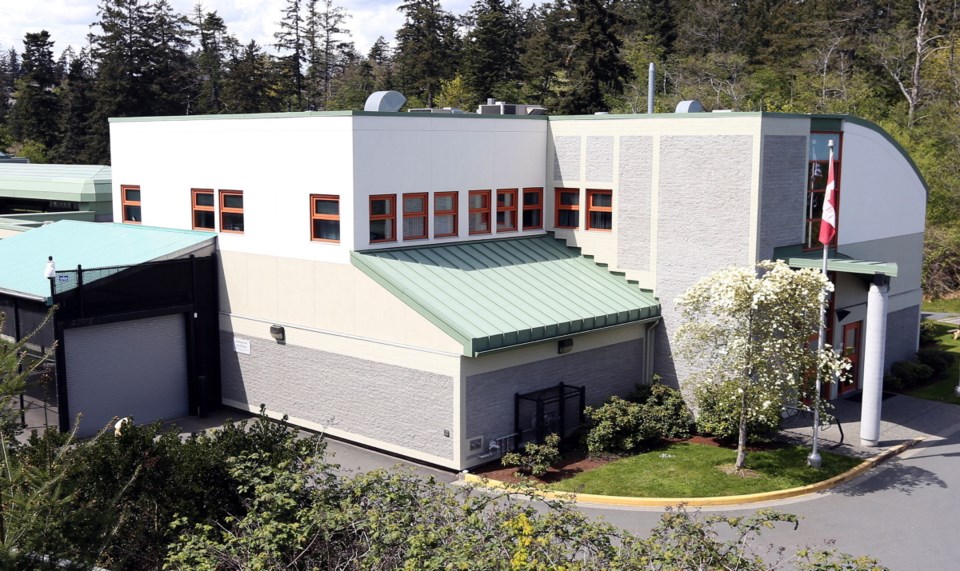 Government MLAs don’t often make a practice of criticizing the government, but the youth mental-health issue in B.C. is so serious that reluctance seems to have gone by the wayside.
Government MLAs don’t often make a practice of criticizing the government, but the youth mental-health issue in B.C. is so serious that reluctance seems to have gone by the wayside.
A committee of Liberal and NDP MLAs spent the better part of a year talking to people and then held two round tables this fall to go over their conclusions before releasing a report last week. It was obvious from the outset that the various departments charged with helping people are struggling to provide youth mental-health services.
But it was notable how readily the committee agreed unanimously that there are big problems.
“Members voiced serious concern about the adequacy of current youth mental-health services in the province … The evidence clearly indicates that the overall system is disjointed and fragmented, and lacking in inter-ministerial co-ordination and leadership.”
The politicians further agreed that “the prevalence of mental-health issues among youth is alarming, and that current service and delivery models are not meeting growing demands.”
The interim report recognized significant gaps in services and said fast, concerted actions are needed to improve the system.
The committee had four questions in mind from the outset:
• What are the main challenges? Complexity was noted, as the field covers everything from mild anxiety through an assortment of clinical descriptions of problems up to schizophrenia. There is still a heavy stigma around the issues — only 20 per cent of youth with concerns seek treatment. The profound personal toll was recognized, particularly when the problems are deferred by way of long wait lists for diagnoses, or just ignored and left untreated. Parents told the MLAs some children have multiple issues and the system is not designed to handle them.
• Are there gaps in service delivery? Lots of them. It’s tough to get into the treatment stream; it’s hard to transition from youth services to adult services. Treatment is geographically uneven around B.C. and there is an overall lack of school-based support, said the report. Five different ministries have a hand in providing services to some degree, and people told the committee it wastes resources. The lack of inpatient services was repeatedly noted. Mentally ill youth have been placed in pediatric wards next to infants with serious medical problems. People told the committee youth are sometimes put in adult psych units, where they are exposed to risk.
“Emergency rooms, pediatric wards and adult mental-health units are not appropriate places for youth to be treated.”
A shortage of outpatient support was also noted. There is a shortage of programs, and discharge planning in urban areas often doesn’t make sense in rural areas. Aboriginal services are coming up short as well, to the point where some consider it the biggest single gap.
• What are the best practices? The Interior Health Authority has a “collaborative” that put together a program to make more services available sooner. It includes eight local action teams out in the field, and officials are reporting big upswings in treatment and reductions in the use of ERs for that treatment.
• How should resources be targeted? An inner city program in Vancouver — with a population of about 700 street youth — provides assertive outreach to young people through six sites that provide group help.
Victoria’s Child Abuse Prevention and Counselling Centre also outlined programs that help traumatized children, as did Moms Like Us, a volunteer group that counsels troubled young people.
There was talk about peer support, advocacy and mentoring. Mandatory treatment is also under consideration, with the murder of Kimberly Proctor cited as an example. The long-standing behavioural problems of two teenage boys were never addressed. They tortured, raped and murdered the girl. Various people urged the committee to look at court-ordered mandatory treatment for high-risk youth, under protocols similar to ones in Alberta and Ontario.
Just So You Know: There will be more from this committee next year. It’s worth keeping in mind the fate of the former Victoria Youth Custody Centre as the work proceeds. If talk turns to new facilities for the various treatment plans, the government has a 12-year-old building sitting almost vacant.



